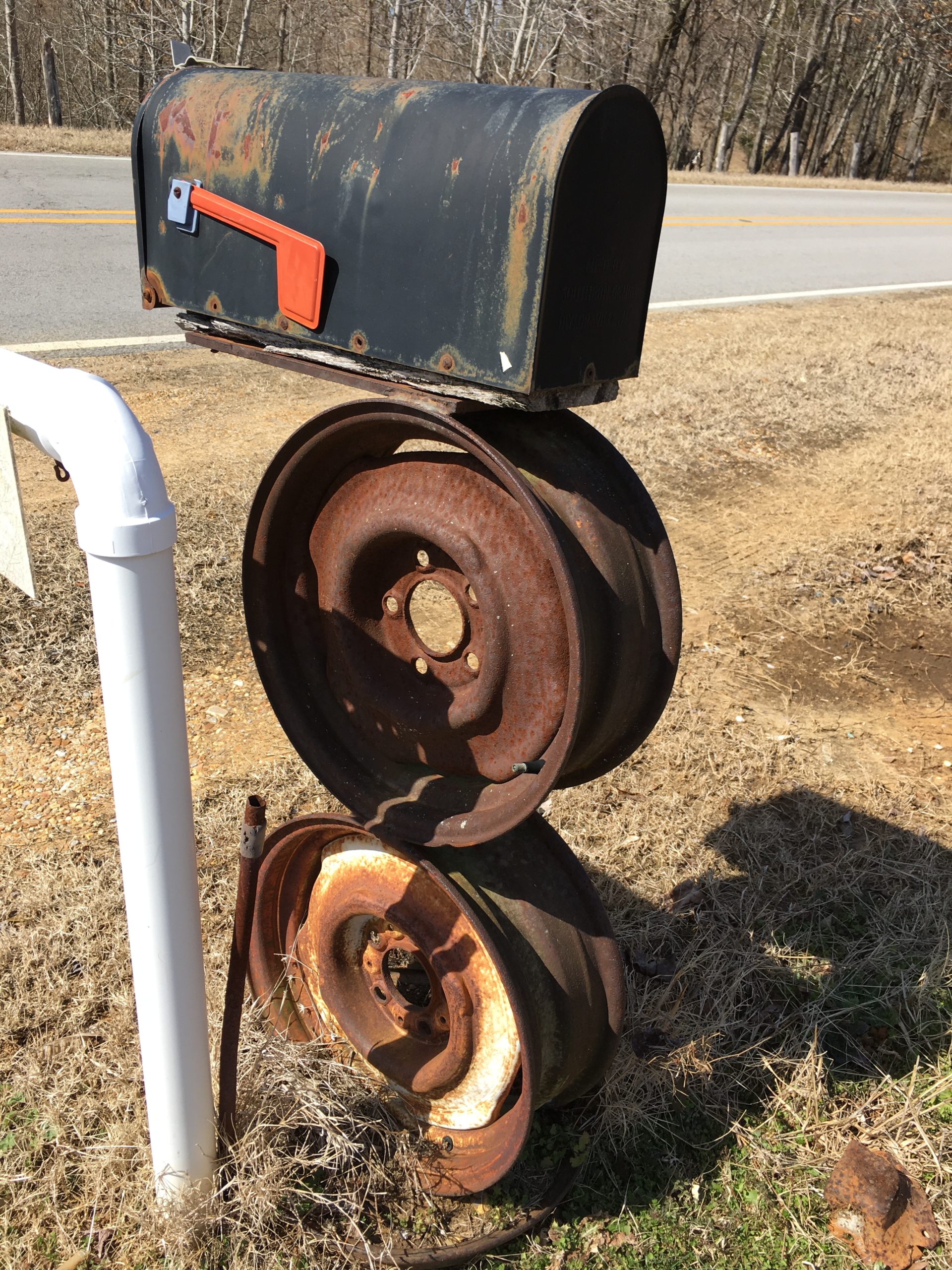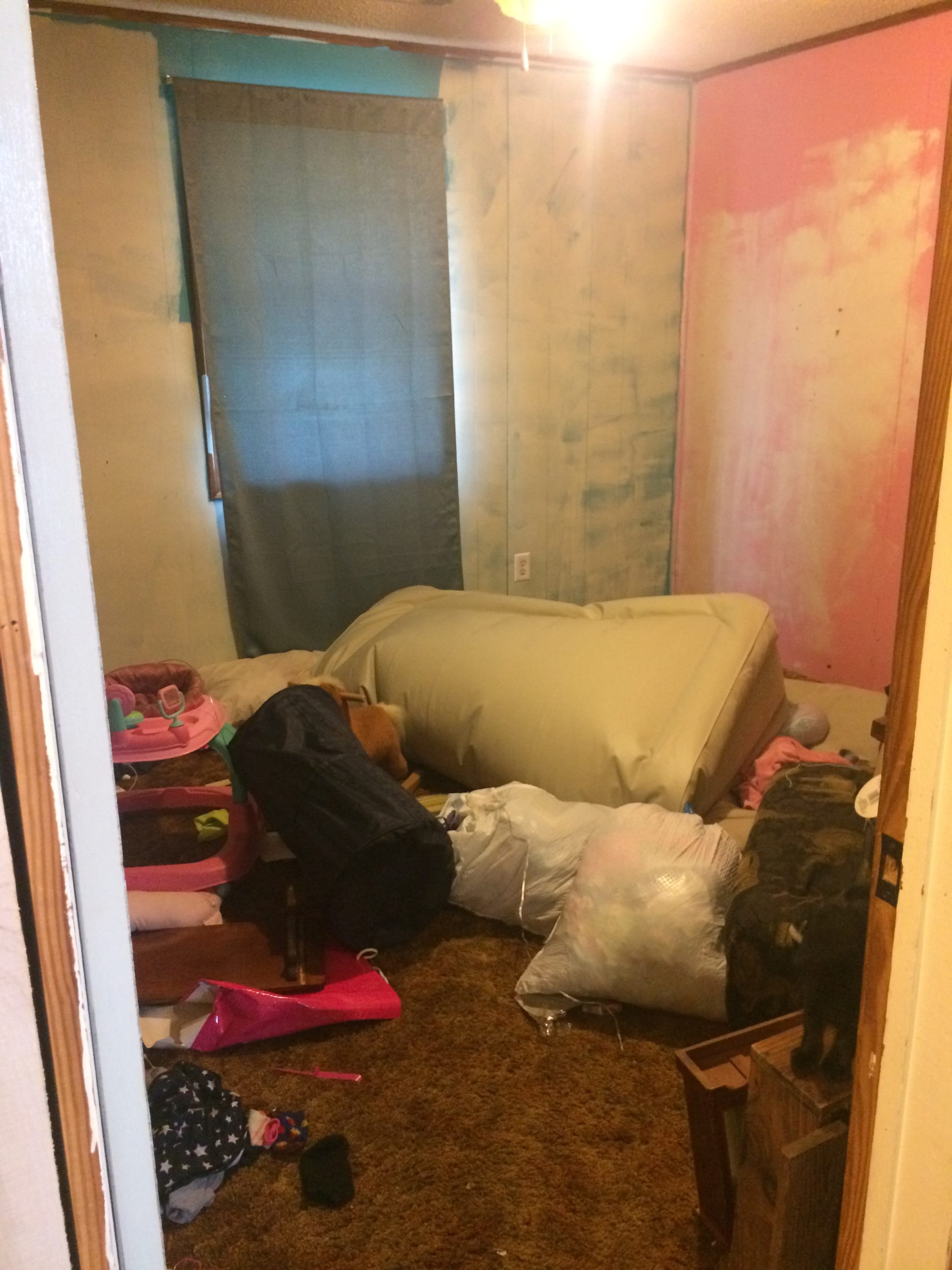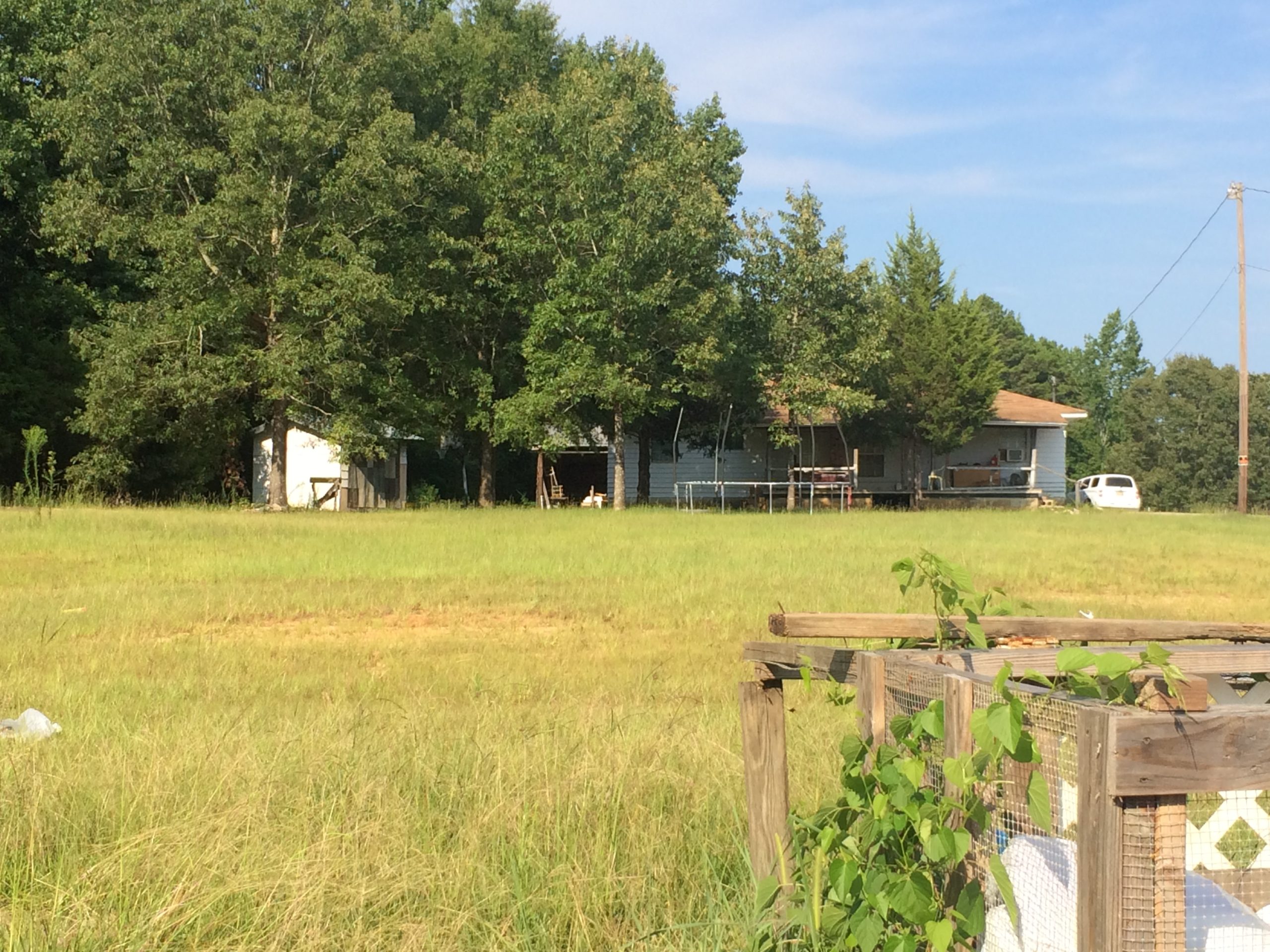Inspirational and powerful memories of visiting Cal-Earth Institute

One of the most fun moments of my childhood visiting South California was getting to visit the Cal-Earth Institute! My mom has been a big fan of alternative building ideas for a while now, and I can’t recall how she came across Cal-Earth and their own building method, but I definitely ended up seeing a lot of videos and pictures as she got into it over time. When you look at it, it’s very clear it isn’t your average building method, one usually focused around dome structures for various reasons, definitely standing out due to that in a desert city of Hesperia, CA among all your standard modern-day homes and mobile-homes.
-Table of Contents-
Star Wars’ Tatooine in real life?
It was beyond interesting having the method broken down by showing the steps taken to make each structure of theirs, and when I first looked at it, among others who I’ve shown it to over the years, we tend to first think: “this looks extremely close to Tatooine from Star Wars”. Considering how the famous space sci-fi had it’s first major planet covered with a good majority of spherical structures, and across the whole desert that specifically made up the entire planet itself, it prominently showed this style of architecture whenever in an inhabited area(with occasional exceptions to the spherical detail itself). When Hesperia, CA is where the Cal-Earth Institute is located, it is hard to not see these similarities in what is a desert town, if it weren’t for the more traditional modern architecture it is surrounded by, along with the cacti and bushes, you could take this as the perfect spot for shooting a fan-film, actually.

The most notable example you can point towards, in all of Tatooine itself, is usually the home of Luke Skywalker’s aunt and uncle in the original film, as “The Lars Homestead” looks like a simple, yet also a realistic example of a home in this vast desert planet, with a simple spherical design to it. When most of Cal-Earth focuses around dome structures, it’s beyond easy to recall this famous home back on the desert planet itself, and the cool part about the structure itself back in the original movie, is that it also contains a vast underground setup, one that makes it much bigger than it initially looks, leaving it a surprisingly impressive example of these structures on Tatooine. What’s even cooler, is that with this “super-adobe” technique made by Nader Khalili and the Cal-Earth Institute, this is more than a feasible design in real life overall, even down to how complex it is underground, and its courtyard opened up to the surface. But that isn’t even the only similarity I can pull myself, as the real life inspiration for this whole desert planet is just as easy to compare!


The whole sci-fi planet itself was actually inspired by the place it was originally shot at in real life, in the similarly named city of Tataouine, in the North African country of Tunisia. When you look at the pictures of its original structures(outside the Star Wars set, of course), it is very clear where the film’s own inspiration comes from as well. The design of these common tall vaulted homes mostly reminds me of how modern day apartments house people on top of each other, and while this is never something I’ve liked about modern-day architecture with city life, this used to make up quite the impressive city during its hay-day itself. Given how George Lucas is noted as a history and culture enthusiast, it doesn’t actually surprise me at all to know this. Not to mention, there is a Cal-Earth made structure that has a similar look to it, despite how these structures are also clearly differently made from one another. If you look at the home, they’ve titled “Earth One”, you can still see what I mean with the vaulted structure design to both of them, leaving even the real world Tataouine to look similar as well, despite the taller structures for more housing seemingly.
Thanks to those iconic memories, memories I’m sure many also share due to Star Wars’ insane popularity, this was a vibe I immediately felt from Cal-Earth’s own dome structures they’ve made, and I wasn’t alone when I’ve shown others either, with occasional exceptions. One of these exceptions, is from a friend pointing out Xanadu homes and their similar spherical structure, due to how it was built using a giant balloon and hardening foam that is sprayed out, definitely a neat idea from the late 70s to early 80s, however there are no standing structures from this project today, leaving only pictures of the originally built homes. They personally seem to give me a weird Dr Seuss feeling and look at their interior mainly, to where I was surprised it wasn’t the set of a live-action movie based on those childhood books. This, however impressive it is itself, wasn’t like how Cal-Earth builds their own structures, but it can look visually similar enough to see the connection being made. I still see Star Wars myself from being a gigantic nerd, and as a younger kid in the late 2000s to early 2010s, it was especially noticeable when I visited their institute in Hesperia, CA itself!
Nader Khalili and Super-Adobe
Nader Khalili the founder of the Cal-Earth Institute created this method of building with inspiration from his homeland of Iran, he especially designed it to be affordable and relatively easy to understand, to where you can accomplish it by yourself generally, and a helping hand only makes it easier. Due to this way of building structures, it can be relatively easy to understand with the various videos out there on the many structures they’ve made over the years, and it’s so simple to understand, that the kids in the family could assist you even! When I went back over the materials used for this building method, I was surprised to find out that it doesn’t actually use adobe or cob in its creation! Shocking, I know, especially when these structures are known to be VERY strong!
It starts with first digging down a shallow trench for where you start to build up the walls of your structure. Think of it like you’re outlining where you’ll have your new building! From there, you utilize sandbags you fill with dirt, adding a bit of water into the dirt-based mix as well, and you build the walls up layer-by-layer, connecting each layer of the sandbags with barbwire, and tamping them down to compact each layer you build up into a dome, or at the very least a wall is more than possible as well. For the sake of ventilation and openings, you can utilize PVC pipe to create skylights or air-tubes within the structure itself during its development, along with wooden molds to hold window and door openings as well, and that is literally most of what makes up each of these domes, leaving it easy to understand for sure.
To finish the structure itself, you put a plaster over it to prevent any erosion from water and general weather itself, ensuring it can survive for a very long time with ease. Do take note that without a plaster finish, these structures would otherwise be vulnerable to the harsh elements far too easily! Due to how you create the walls themselves, this doesn’t mean you can’t utilize traditional plumbing or electricity in your structure, as many have been able to install such systems from the start of construction, it is after initial construction where it may become more complicated in comparison, especially when you’re dealing with a wall already hardened with a plaster over it all, leaving tons of work to do over digging in and having to redo the wall in those areas. With that being said, I’d say it’s best to plan out your electricity and plumbing as early as possible, to ensure it all goes smoothly.
Relief initiatives and natural disasters
When I initially thought you’d use traditional cob methods to create your earth mix for filling your sandbags with, I was shocked to find out, that instead you are just told that you could use concrete or lime to stabilize it, as what is considered simply an option, an option where it is surprisingly claimed as not necessary otherwise. I believe, personally, that this is only going to help you though, especially when these structures have obtained quite the reputation for surviving natural disasters. It can only help you by then! It shouldn’t be forgotten when your goal is for a structurally sound home, and despite how I feel about it, these structures have a fantastic reputation across the world for their survival anyway.
Many students who went to the institute in Hesperia itself, went on to make structures in other countries through various relief initiatives, teaching the locals how to build these domes themselves as well, and thanks to these same buildings they have made, they have successfully survived these natural disasters before! The disasters have included multiple earthquakes in Nepal, Hurricane Maria in Puerto Rico, and the Thomas fire in California. This has led Cal-Earth themselves to claim, with confidence, these structures can survive: earthquakes, wildfires, hurricanes, and tornadoes as well. All this is thanks to how the materials are used, how it’s geometry is laid out(probably hinting at the need to keep with dome layouts for this reason alone), and how physically it’s able to be so structurally sound due to that.
Because of how strong these buildings can truly be, there’s no need to second-guess utilizing concrete or lime to ensure it’s as stable as possible, and in the case of these various natural disasters, it is especially when it should be utilized immediately! Do note that this is a building method where simple walls are an option, so the dome design isn’t the only way you can make these structures, despite that though, it is a great part of where they can come out structurally sound, when you keep to the dome designs. If you want my opinion, I’d recommend keeping to the dome designs as much as possible, for the sake of keeping your structures as strong as possible!
What Cal-Earth means to me

When I specifically visited in the late 2000s, sadly Nader Khalili had already passed, so we sadly got no chance to meet him ourselves. He still made an impact on me however, with his desire to make such simple and effective homes that anyone can attempt themselves, how growing up poor inspired him to do this, so others didn’t have to suffer that way, and with how many people the whole institute as a whole have no doubt helped, it is all beyond inspiring! Specifically, seeing these structures up close is also nothing short of impressive, along with how detailed they come off is beyond beautiful. When it especially has helped so many people across the world, over their own initiatives to help the seemingly helpless, it is nothing short of selfless and genuinely caring, and it’s wholly amazing that the structures, and especially those who have lived in them has all survived these natural disasters, all as a result of their selfless help!
Sad to say though, the Cal-Earth Institute is now charging for visits currently at $15 a person above the age of 5, so this isn’t a free thing to go and check out with the family anymore, as much as I definitely wish it was. I would rather recommend buying their online courses instead and learning more about how to build the structures yourself, it is however more expensive for sure at $350 for the full course set that’s 24 hours long, so it’s no small price difference by any means. Whether it may be more expensive or not though, I do believe it is more worthwhile to invest into that for you and your family at their website here, but if you still wish to visit the institute now-a-days, you can book reservations at their site here. It may be a shame it’s not free anymore to visit, but I still enjoy looking at all the work they’ve completed over years and years of this. It’s still a fun time, for sure!
I have nothing but respect for Nader Khalili, along with his family, his legacy, and all the students who have learned and used their new knowledge to help across the world itself. Considering how simplistic and effective this building method truly is, there’s little reason for actually using this newfound knowledge to make your own strong and cozy home! There are, however, two reasons for many, and I am well aware: “Those sandbags of theirs are expensive!” and “Local building codes won’t let me!”. Both have been a frustrating issue for us in the past when we once lived in North California, and of course those bags have been expensive for a while, with it not helping matters that they had a price increase too.
I am thankfully aware of some cheaper alternatives to the bags though, and so long as no building codes will push you away from this, I will be sharing this alternative, along with some similar outlets for other materials involved in the construction itself in a later article, and I hope all this info helps many achieve their best possible homestead! I hope having shared the Cal-Earth Institute also helped you with ideas to help make your whole house with this method, make a basement in your home design too, even make a shed or coup this way, a whole barn, to even bunkers! Such a building method can only help you in the most dire of times, and I pray you all are able to get the most desirable safe home out of this information!



















